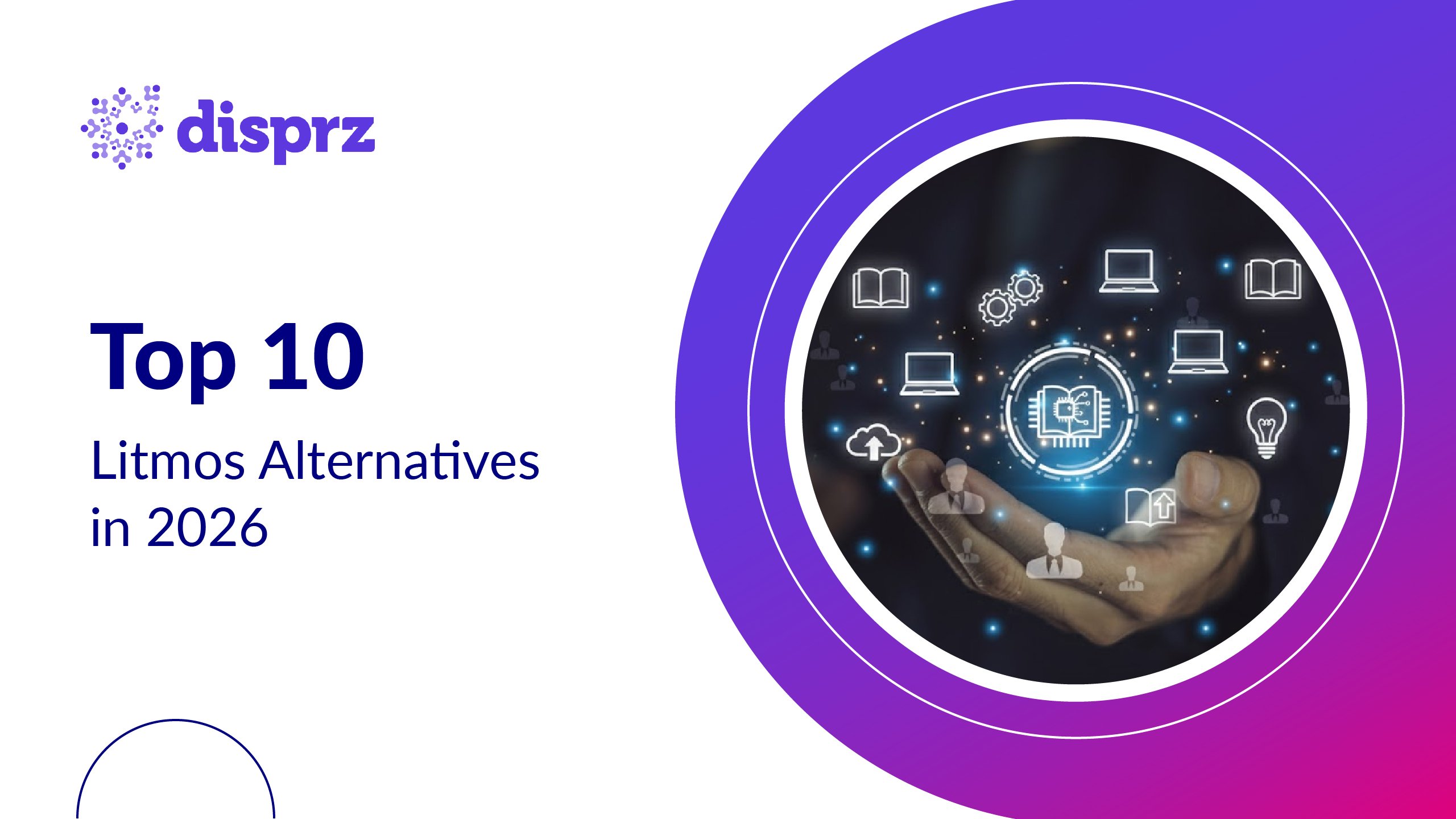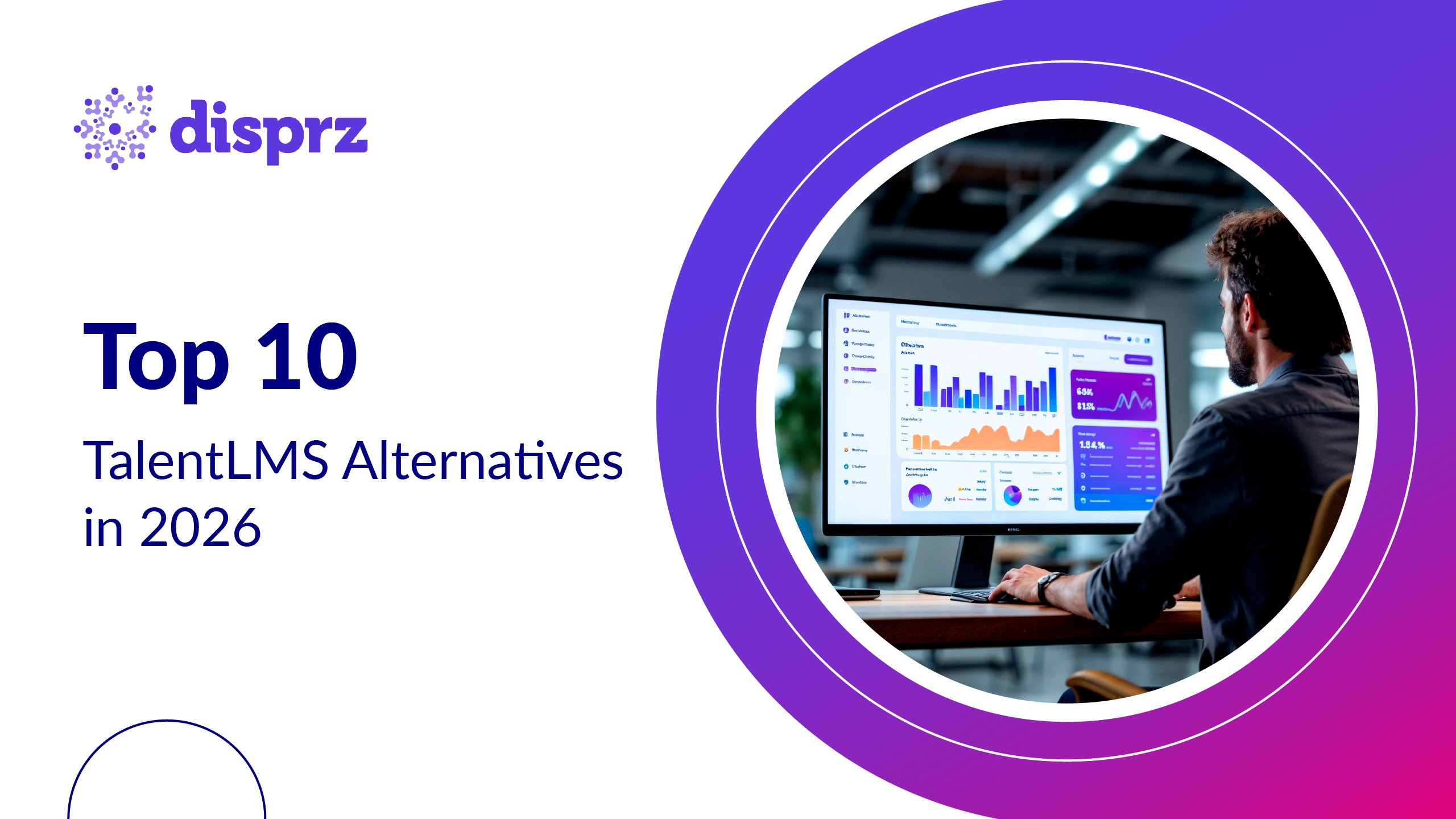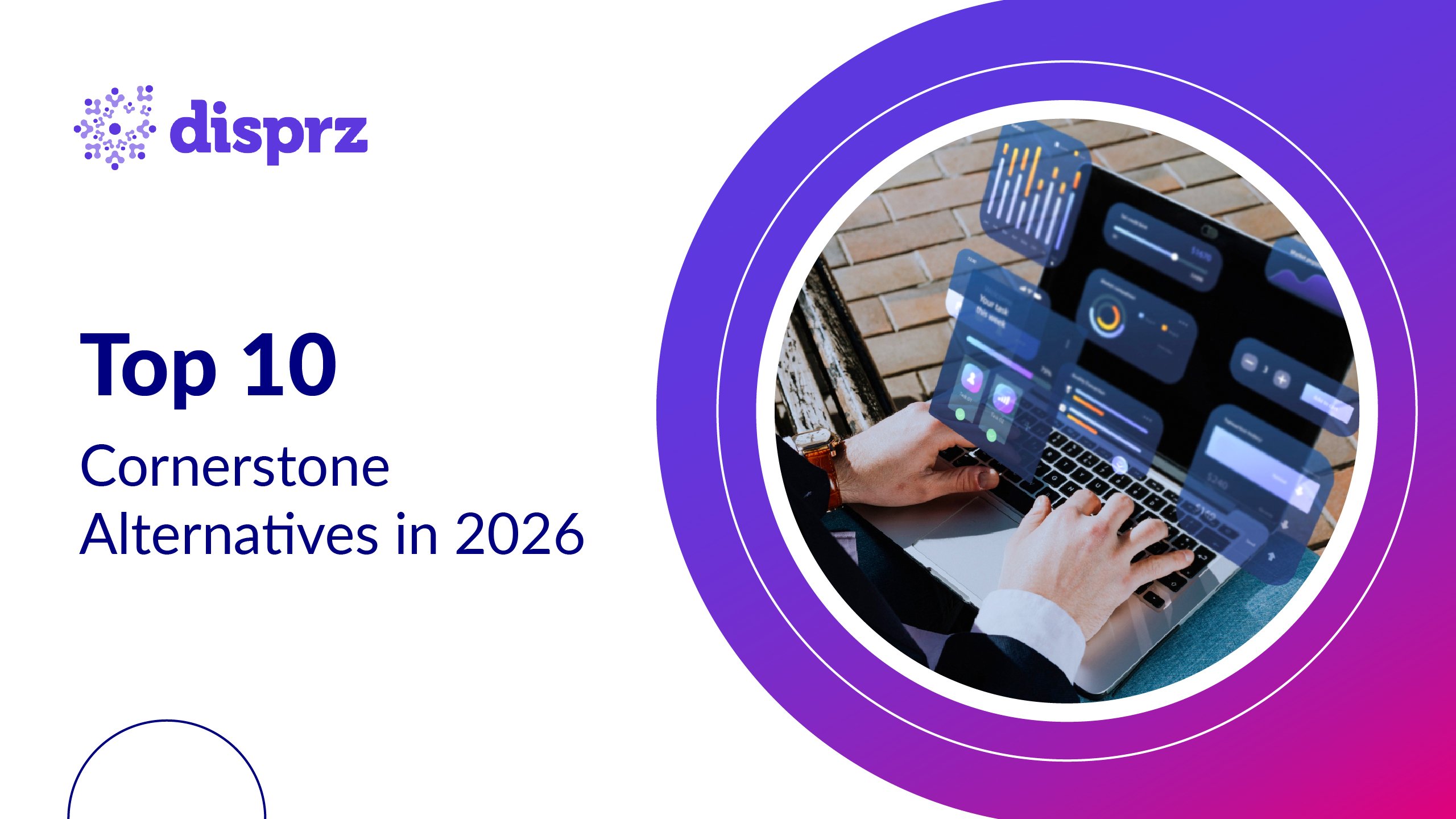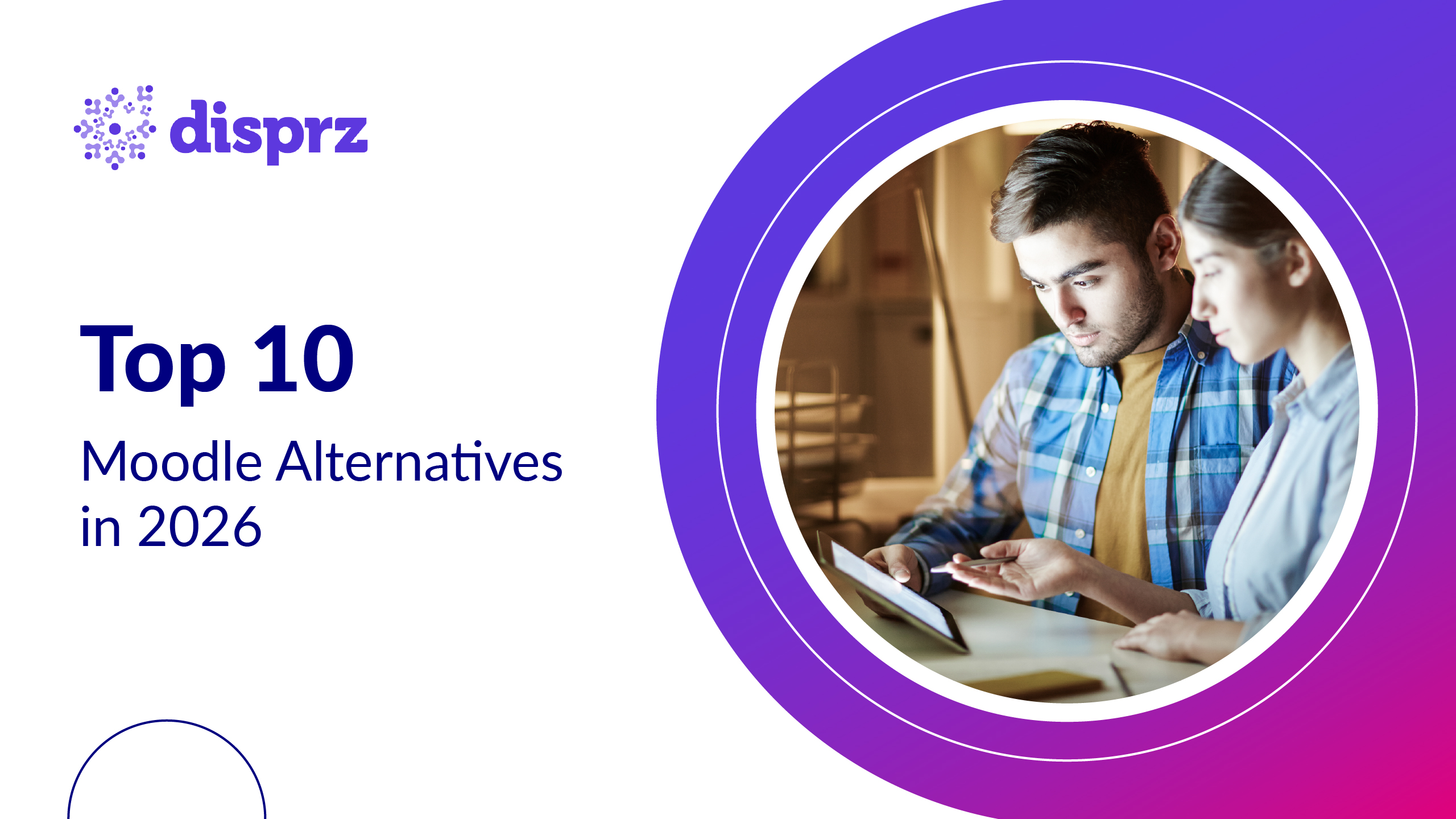Imagine the initial experience of a new employee entering your organization. They eagerly open their email, only to find a long list of tasks waiting for them: acquiring software access, enrolling in benefits, completing your orientation program, and a multitude of other essential responsibilities.
However, they soon realize there's a critical missing piece in this puzzle - a well-defined process to reach out to your IT department for assistance.
On top of that, the HR specialist in charge of benefits is currently out of commission due to illness, the finance department is deeply engrossed in handling quarterly earnings reports, and to add another layer of complexity, this new employee has a virtual meeting with their manager scheduled in just 15 minutes, but they lack the necessary Zoom license.
This scenario underscores the critical importance of a structured onboarding process. Such an approach can significantly boost employee retention, with the potential to increase it by as much as 82%. Regrettably, research indicates that 9 out of 10 employees believe their organizations handle onboarding poorly.
Regardless of the size of the company, it's imperative that we establish a robust onboarding process. In fact, the onboarding journey should commence even before the employee officially joins the team.
By providing the new hires with the right guidance, information, and support from the very beginning through a well-structured and user-friendly onboarding process, organizations have the opportunity to enhance employee retention rates across all departments, expedite their ability to make a meaningful impact, ensure compliance from day one, and ultimately spare the organization from unnecessary challenges in the future.
What is the Employee Onboarding Process?
The employee onboarding process is the method used by companies to help new employees adapt and become a part of the organization.
This process typically begins with a formal introduction to the company's culture, values, and working practices. It includes various tasks such as completing the necessary paperwork, setting up workstations (if necessary), providing job-specific training, introducing the team and leadership, and setting performance expectations.
The primary goal of the employee onboarding process is to equip new employees with the knowledge, skills, and behaviors needed to effectively contribute to the organization. It's a crucial phase that can significantly impact an employee's productivity, job satisfaction, and long-term retention.
Why Efficient Employee Onboarding Matters?
The significance of an efficient employee onboarding process cannot be overstated. It serves as the initial point of contact for new employees after an extensive interview process.
-
First Impression: Employee onboarding is their initial interaction after the interview process; a poor experience may lead to a job offer regrets.
-
Negative Impact: Subpar onboarding can create negative perceptions, bias against the organization, and early turnover.
-
Necessity: A well-structured onboarding is essential for helping new hires adapt, understand their roles, and build positive relationships.
-
Integration: A great onboarding experience not only welcomes but also accelerates integration into the company culture.
-
Relief for HR: Managing onboarding paperwork and documentation can be overwhelming for HR professionals.
Benefits of Efficient Onboarding Process
-
Enhanced Comprehension: Improves employees' understanding of product knowledge and company policies.
-
Holistic Understanding: Equips employees with comprehensive knowledge of the brand, its processes, and systems.
-
Brand Ambassadors: Empowers employees to represent the company effectively, aligned with its core values.
Streamlining the LMS for the employee onboarding process not only leaves a positive impression on new employees but also lightens the workload of the HR team.
Employee Onboarding Process Checklist 2025
An onboarding checklist ensures a smooth transition for new hires, covering every key aspect from orientation to performance reviews. At disprz, we’ve seen companies like Wellness Forever integrate our Frontline Training Platform into their onboarding checklist, resulting in double the time to productivity, a 3% improvement in KPIs, and 95% content completion rate.
A well-structured checklist promotes faster productivity, higher job satisfaction, and better retention.

-
Preparation Before Day One
Organize workstations, system access, and the first-week plan to reduce anxiety and ensure a professional start. -
Welcome and Introduction
Introduce new hires to the team, office, and company culture to foster relationships and belonging. -
Job Role Clarification
Provide role details and expectations early to reduce ambiguity and align new hires with team goals. -
Training and Development
Offer job-specific training and soft skill development to equip new hires and build confidence. -
Company Policies and Procedures
Share the employee handbook and explain company policies to ensure smooth workplace integration. -
Meetings with Key Team Members
Arrange meetings or welcome events with managers and teams to encourage collaboration. -
Feedback and Evaluation
Provide regular feedback and assessments to guide new hires’ growth and address challenges early.
Best Practices to Simplify the Employee Onboarding Process with LMS in 2025

Structure Your Onboarding Process
Develop a well-organized onboarding plan that outlines the entire process from pre-hire to the end of the probationary period. Have an onboarding checklist where you clearly define the steps, responsibilities, and timelines.
Having a structured plan helps new employees understand what to expect and ensures that nothing is missed. Plan your first day of onboarding with welcome kits for employees, induction, roles and responsibilities walkthrough.
.png?width=181&height=360&name=1%20(5).png)
A learning management system (LMS) helps create impactful onboarding that will make new knowledge and frontline employees more confident. With an LMS you can set the right tone from the beginning and offer a pleasant onboarding experience that the employees shall remember.
Leveraging an LMS allows you to easily create 30-60-90 workflows to simplify the onboarding process, enhance training and development, and engage new employees throughout the journey.
Check how the largest e-commerce company leveraged an effective onboarding platform that resulted in 85% platform adoption rate and enhanced productivity.
Digitize Onboarding Process
During the initial 45 days of employment, up to 20% of employee turnover occurs. However, a remarkable 69% of employees are inclined to remain with a company for three years or more when they undergo a positive onboarding experience.
Enhance your employee onboarding by digitizing the process. Move away from paper-based processes and use digital forms and documents. Online onboarding portals or software like a learning management system (LMS) can make it easier for employees to complete paperwork, such as tax forms, benefits enrollment, and policy acknowledgments.
This reduces administrative work and minimizes the chances of lost documents. Digital onboarding ensures consistent, up-to-date, and accurate information, regardless of whether you have a small team of 20 or a global workforce of 2000.
Centralize Information and Resources
Maintain a centralized location, such as an intranet or a shared drive, for all onboarding materials and resources. This can include company policies, training materials, and frequently asked questions (FAQs).
Providing easy access to information allows new hires to find answers independently, reducing the need for constant assistance.
Improve Training Efficacy by Making it Interactive
It's crucial to prioritize interactive training for new hires. They are eager to connect with their new colleagues, and isolating them in front of a computer until they finish training can be discouraging. Let's explore ways to enhance your training and development for employees to make it more engaging.
You can leverage your Learning Management System (LMS) to provide:
-
Live video sessions with experienced team members or colleagues, even from different departments.
-
Discussion forums that allow them to ask questions and connect with fellow new hires or existing employees.
-
Virtual break rooms for casual chats with colleagues about non-work-related topics.
-
Implement a buddy system for added support. This is a practice followed by many organizations where new employees are paired with experienced employees or mentors who guide and support them during the onboarding period.
-
Organize virtual icebreaker events or social media gatherings to foster connections and boost employee engagement.
.png?width=624&height=410&name=2%20(4).png)
Take Feedback and Address Queries Instantly
A staggering 81% of new hires admit to feeling overwhelmed by the sheer volume of information during their onboarding process. However, it's not just about implementing the process; it's equally important to continuously assess its effectiveness.
When was the last time you checked your 30-60- 90 days onboarding process was effective? If you haven't done so recently, now is the perfect opportunity.
Gather feedback from the new hires who have completed the full onboarding journey to ensure it's not only comprehensive but also a positive experience.
The new hire can record audio or video and upload it in the LMS to share what they feel about the company. You can even share surveys after each session to gauge their interest level.
It helps you understand if the new hires are finding the onboarding process easy and engaging or if you need to implement some changes to make the onboarding sessions more interesting.
Track the Onboarding Process and Learning Behavior in Real-time
An LMS provides real-time visibility into the onboarding and learning analytics. Through detailed insights, it allows you to track employee performance, job readiness, and learning patterns. With real-time information, you can predict and identify employees who are not going to be making the cut of timely productivity.
With an LMS, you can deep dive into various metrics to find out how many new hires are completing the courses and which learning programs are effective. Accordingly, take actionable measures to accelerate time-to-productivity and build a winning workforce.
10 Employee Onboarding Best Practices 2025
Effective employee onboarding best practices are crucial for integrating new hires into the company culture and ensuring their smooth transition. Utilizing an AI-powered employee onboarding checklist can help streamline the process, making it easier to cover essential activities before the new employees start.
1) Preparing New Hires for a Productive Day One
To ensure seamless onboarding, prepare new hires by setting up workstations, devices, and logins before day one, avoiding delays that imply a lack of urgency or support. Provide necessary tools, credentials, and personalized items like uniforms or name tags to set them up for success.
2) Clear the paperwork early
Complete all paperwork before the first day to avoid delays, including contracts, payroll, and legal checks. Using electronic forms speeds up the process, allowing you to focus on onboarding engagement and leaving a strong first impression.
3) Involve the Entire Team in Onboarding
Engaging not just HR but also various departments is vital for effective onboarding, as they play a significant role in new hires' engagement. Ensuring all stakeholders have clear roles and facilitating two-way feedback helps refine the onboarding process and enhance employee experiences.
4) Essential Onboarding Information for New Hires
Equip newcomers with vital information about the organization's values, culture, and identity prior to their start date. Key onboarding activities should include a CEO welcome, a briefing on company vision and values, team introductions, familiarization with terminology, and invitations to group chats and social events.
5) Enhancing Buddy System
Pairing a peer buddy with a new hire is an effective method to familiarize them with the workplace. This teammate can help answer routine inquiries about office dynamics, culture, and team nuances while also facilitating introductions and a tour to foster connections.
6) Embrace Your Employer Brand
Demonstrate your workplace culture by providing new hires with significant interactions with key leaders or influencers. Highlight team values through discussions, ensuring candidates align with your organization’s ethos while establishing yourself as an employer of choice to attract top talent.
7) Design a Memorable Welcome and Workspace Orientation
Highlight what distinguishes your team or role to enhance onboarding. Assign someone either a manager or HR to guide the new hire through the workspace, showcasing key areas. For those in hot-desking or remote setups, consider personalizing their space with touches or a fun travel-sized kit.
8) Educate on Organizational Culture
Focus on what drives your organization’s success. By emphasizing key values or skills, new hires can develop into valuable team members, regardless of their position.
9) Structure the Transition to Impactful Work
Collaborate with team leaders to outline essential steps for employees to become effective contributors. Instead of inundating newcomers with extensive product training initially, introduce them to their responsibilities progressively, incorporating regular check-ins.
10) Share Aligned Goals and Establish Clear OKRs:
Objectives and Key Results (OKR), used by organizations like Google, help align measurable targets and foster engagement. By illustrating how a new hire’s objectives connect to business strategy, you enhance their understanding of their contributions and support informed decision-making early on.
Conclusion
In today’s competitive job market, an effective onboarding process is essential for future success. Onboarding goes beyond paperwork—it’s about creating an experience where new hires feel valued, supported, and ready to contribute.
Simplifying onboarding fosters inclusion, communication, and growth. Disprz’s LMS streamlines this process, helping new hires become productive quickly by easing them into responsibilities.
With Disprz’s LMS low-touch, high-scale onboarding, employees are job-ready from day one. This solution builds efficient onboarding pathways, enabling faster productivity and better outcomes.
Book a demo to see Disprz’s onboarding solution in action.








